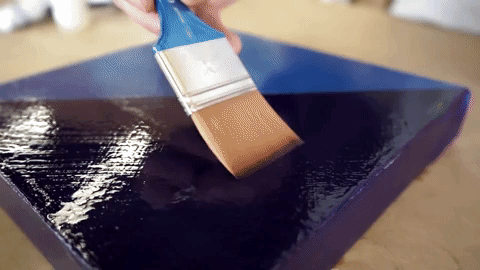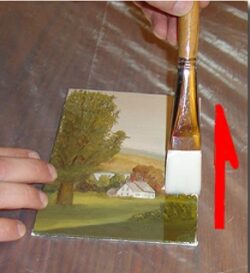Varnish Acrylic Paintings with Liquitex
March 10, 2021The Final Part of the Process, Varnishing!
Using a varnish helps seal and protect your finished artwork from dirt, dust, and abrasions. Before jumping into varnishing your acrylic painting, there are a few things to understand.
What is varnish?
Varnishes are solutions of natural or synthetic resins in organic solvents that dry when spread thinly on a surface. The dried films are solid and relatively transparent with varying qualities of gloss, protective ability, flexibility, and durability depending on the varnish.
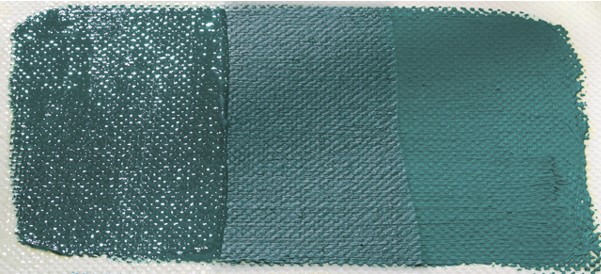
Varnish finishes L–R: Gloss, Satin, Matte
Why varnish?
Varnishing protects from atmospheric dirt and dust as well as surface abrasion. Varnishes unify the surface sheen and bring out the saturation of colors, particularly with acrylic paints. If a varnish later becomes dirty or yellow over time, the dirty layer can be removed provided a removable varnish was originally used. Then a new, clean layer of varnish can be applied.
When should a varnish be applied?
Acrylics remain open to moisture, atmospheric dirt, and dust, in part because acrylics maintain a slight degree of tackiness when dry. Allow a minimum of three days drying time for the acrylic to fully cure and up to two weeks for thick paint films before varnishing to avoid trapping moisture.
Types of Liquitex Varnish:
Archival Permanent: A non-removable varnish for indoor and outdoor application. Easy application with no solvent exposure. Available in matte, satin, gloss, and high gloss finishes.
Soluvar: A removable, archival varnish for indoor and outdoor applications. Solvent-based, soluvar varnishes are removable with mineral spirits or turpentine. Contains UV absorbers. Available in matte and gloss finishes as both a brush application and aerosol application.

EXPLORE LIQUITEX VARNISH
DISCOVER THE BRAND
Explore More About Varnish & Liquitex!
|
Waking up the Paint |
Fundamentals of Varnishing with Jimmy Leslie |
Liquitex Acrylics |
|---|---|---|
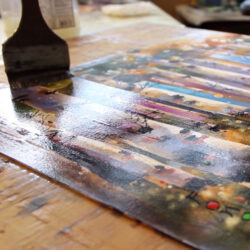 |
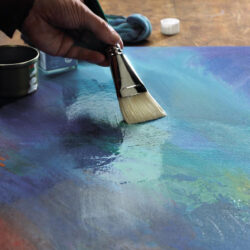 |
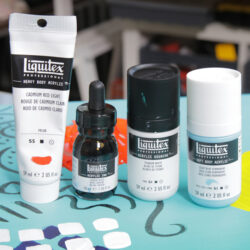 |

